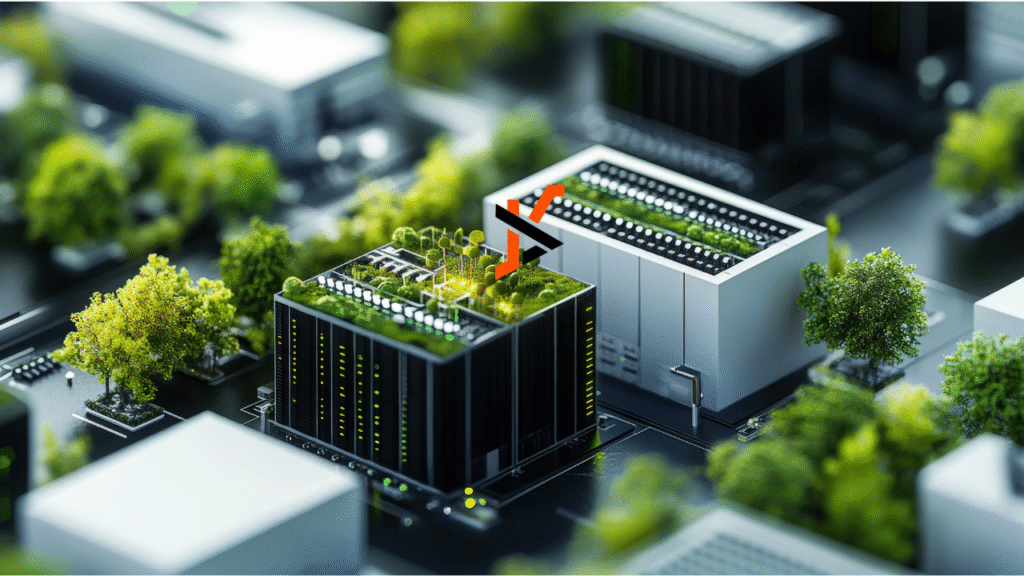Smart devices now run powerful artificial intelligence directly on the hardware. Companies require these systems to operate quickly, privately, and with fewer dependencies on internet connectivity. This shift began with basic automation and expanded to models that process language, vision, and speech. The demand increased when flagship phones started performing advanced voice assistance without sending data to the cloud. Apple recently enabled voice AI on iPhones, which demonstrated how enterprise-level computing arrived inside pockets. These new expectations place weighty pressure on hardware, particularly batteries.
Why Enterprise Functions Have Moved On-Device
Enterprises built AI models for translation, productivity, scheduling, communication, and analysis. They once processed all data remotely. That model produced delays and demanded constant network access. With mobile hardware improving rapidly, companies changed course. They now use dedicated chips inside phones, tablets, and laptops to process data on the spot. Vocal AI features now run locally, which demonstrates how enterprise-grade language capabilities became standard on personal devices.
The shift allowed voice assistants, transcription tools, and real-time summarisation engines to function without network lag. Smart reply features in email clients and on-screen object recognition in business apps now work instantly. These tasks draw significant power. When a user opens a meeting assistant that records, transcribes, summarises, and understands intent, it activates several AI subsystems at once. Each subsystem consumes battery life and generates heat. The new enterprise functions on consumer-grade devices created a fresh kind of power strain that developers had not addressed seriously during the earlier phase of AI.
Better Management of Battery Demand is Required
Local models efficiently process large volumes of data, often through continuous inference. This approach involves algorithms actively scanning for triggers, speech input, or shifts in patterns. Whether applied to streaming, video games, or casino games, these systems follow similar power consumption rhythms. However, AI-driven tasks introduce a more dynamic and variable flow.
Modern chipsets contain dedicated neural processing units that manage these AI tasks. Even with these efficient cores, the increased workload creates drain across the system. Engineers designed modern AI chips to run quietly in the background, but they still need power for every function. The more a user engages with AI-generated recommendations, speech interpretation, or image enhancement, the more battery the system spends.
The user can reduce battery drain with a few practical adjustments. Throttling AI prediction frequency in certain apps lowers background processing and saves energy. Adjusting display settings and refresh rates supports efficient performance during AI-heavy tasks. Scheduled low-power modes, especially overnight, delay non-essential AI activity and extend battery life. These small changes require no expertise and offer immediate impact. With simple tweaks, the device runs smoother, consumes less power, and maintains performance throughout longer usage sessions.
Chips, Memory, and Thermal Considerations in Modern Devices
Hardware acceleration depends on a balanced system. The neural engine must work closely with memory, storage, and the main processor. Every request for inference passes through several components. If memory throughput slows, the AI output delays. If the chip overheats, the system throttles performance to protect the battery. These interactions affect every voice input, photo adjustment, and contextual suggestion.
The challenge lies in heat generation. AI workloads run cold under normal use but spike quickly when a model receives multiple triggers. AI editing in photography software, summarisation of PDF documents, or real-time translation during video playback introduces sustained stress. Thermal design influences how long these functions remain responsive. Engineers who build smartphones and laptops already tune their chip layouts to anticipate such strain. Still, users who run AI tasks continuously will feel warmth on the device and see battery percentage fall.
Device makers now include software that adapts AI performance to thermal thresholds. When a phone detects that it reaches high temperatures, it slows prediction speeds. This creates a temporary drop in responsiveness. Over time, devices that rely on these mechanisms reduce long-term wear on battery cells, preserving performance through smarter throttling.
On-Device Models Will Keep Expanding in Size and Function
The direction points clearly toward more automation at the hardware level. Devices will perform increasingly sophisticated inference on local processors without pausing for server confirmation. Manufacturers have responded by allocating larger silicon areas for AI logic and adjusting software stacks to make battery usage more transparent. Power management now matters because battery chemistry did not evolve at the same speed as AI demand.
Some developers approach this challenge by building smaller, focused models. This trend, often described as the rise of minimalist AI, aligns well with current battery constraints. Compact models serve tightly defined purposes with minimal waste. This helps reduce computation cycles, which preserves energy. These models have shorter activation paths, lower memory demands, and faster recovery times when interrupted.
Users already show interest in keeping smart features active while extending device uptime. Developers and device makers carry the responsibility to support those preferences. By treating energy as a design constraint equal to processing speed or output quality, the next phase of AI development can continue without draining the battery in pursuit of intelligence.

